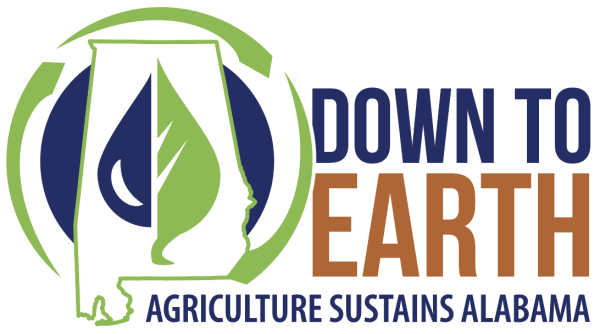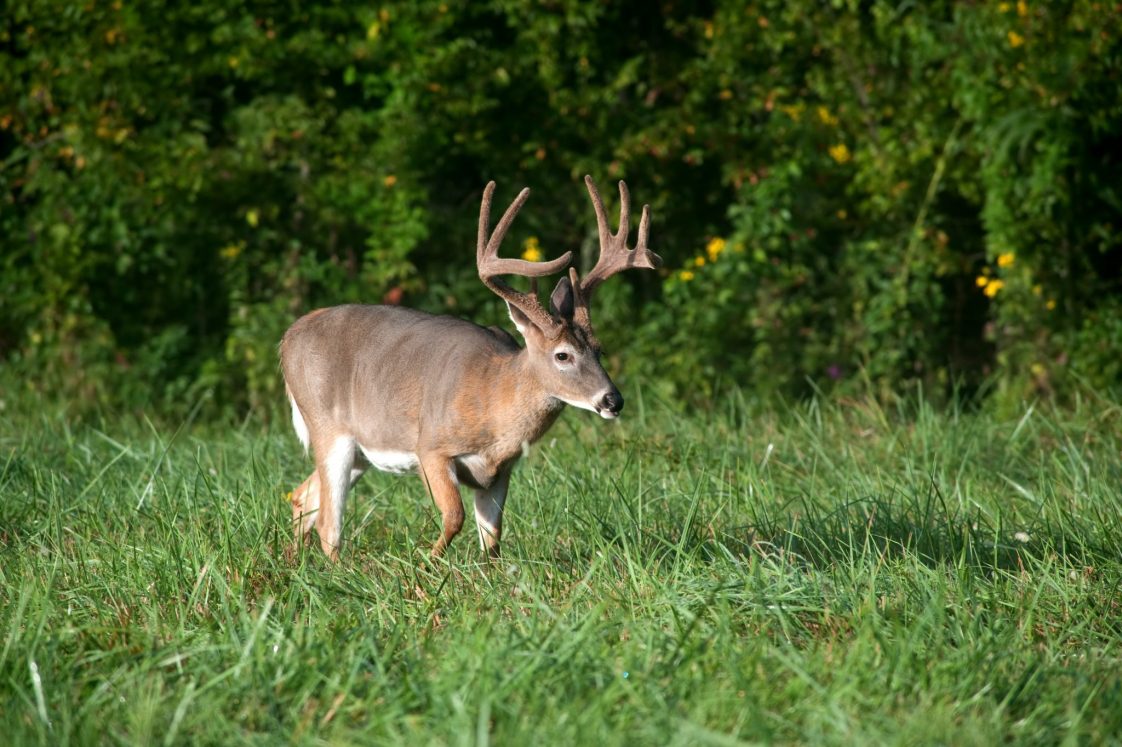Forestry & Wildlife

AUBURN UNIVERSITY, Ala. – Habitat loss and fragmentation is a serious threat to wildlife not only in Alabama but around the world. Alabama is blessed with an abundance of biodiversity. However, sustaining the wildlife populations who call Alabama home is still important.
According to Alabama Cooperative Extension System Forestry and Wildlife Sciences Specialist Wesley Anderson, there is a road map for conserving and protecting Alabama’s wildlife. Through research and science, everyone has the ability to manage wildlife habitat.
Ranking Alabama
Alabama ranks first in biodiversity in states east of the Mississippi River and fourth among the rest of the country. When considering freshwater biodiversity in species including turtles, mussels, snails and crayfish, Alabama is number one in the United States.
“Thanks to a diverse geologic history and a vast system of aquatic resources in Alabama, there is no question that Alabama is one of the best states for biodiversity,” Anderson said. “Some people even refer to Alabama as ‘America’s Amazon.’”
Unfortunately, because so many animals call Alabama home, the state also leads in endangered and extinct species. This distinction provides further evidence of the need for conservation and protection of wildlife habitat in Alabama.
“Everybody in Alabama is a steward of the environment and its creatures–whether they want to be or not,” Anderson said.
What is wildlife habitat?
Every animal requires a place for food, water and shelter needs. The term for this area is a habitat. These areas are crucial to any animal’s growth and reproductive success.
Anderson says a primary conservation goal is to keep common species common. This goal was established many years ago and some species are benefitting from this mission.
“It is difficult to think of an Alabama where whitetail deer did not exist on the landscape,” Anderson said. “Approximately 100 years ago, there were only 2,000 deer in the state. Today, we have more than 1 million.”
Contributing to Conservation
Farmers and landowners have been conserving natural resources for decades. By using tools such as prescribed burning, employing best management practices (BMPs) and planting only native plant species, private and public lands are safer and healthier for wildlife.
Research and science are the bases of these tools that Alabamians use each year. Many years of studying habitat by experts provides a road map of how habitat is affected by the elements.
“Not all land is created equal in terms of conservation value,” Anderson said. “By using scientific research, we can determine which areas and species need the most protection.”
This research is also used every year to determine wild game hunting seasons. Without this input and regulation, many species would not have a sustainable harvest rate.
Later on, Down the Road
Thanks to many collaborating agencies and organizations, Alabama’s wildlife has a sustainable future. According to Anderson, the wildlife overall in Alabama are in a much better place compared to previous decades. A large part of this success is attributed to education.
“Education is crucial,” he said. “Generally, until someone understands something, they are not likely to care about it, let alone try to protect it.”
Anderson also said a common misconception is, to perform research, a person must be a scientist. A wonderful option for those wanting to become involved in scientific research is citizen science.
This engagement in the scientific process often includes collecting data and posting findings to online platforms that real scientists can use in their studies. Platforms such as iNaturalist allow everyone to catalogue what kind of plants and animals are found in every corner of the state.
The Rewards of Nature
Growing up, Anderson was fascinated by what he calls the creepy crawlies such as snakes and spiders. He decided to continue studying these animals as well as many others, ultimately becoming a wildlife expert with Alabama Extension.
“As I got older, I began to focus on people and how we related to the environment,” Anderson said. “Today, I still get to work with the animals I love so much, but I also get to work with people, and that has been super rewarding.”
For many other Alabamians, the love of nature carries on with them as well. By participating in all kinds of research, ranging from doctorate research to citizen science projects, wildlife will benefit from the public giving back to nature. This practice lives on through science, ensuring a prosperous path for wildlife and their habitat.
To learn more about biodiversity in Alabama, search wildlife in the search bar at www.aces.edu.
Down to Earth: Agriculture Sustains Alabama
Alabama Extension is getting Down to Earth. Why? Because agriculture sustains Alabama. Whether your ag experience is in the grocery store, in the classroom or as your profession—Extension has a resource for you.
We are proud to be partnering with the Alabama Agribusiness Council, the Alabama Cattlemen’s Association, the Alabama Department of Agriculture and Industries, the Alabama Farmers Federation, the Alabama Poultry and Egg Association, the Alabama Forestry Commission, Sweet Grown Alabama and the Alabama Association of RC&D Councils.
Alabama Extension’s Down to Earth resources are available at www.aces.edu/go/DowntoEarth.


